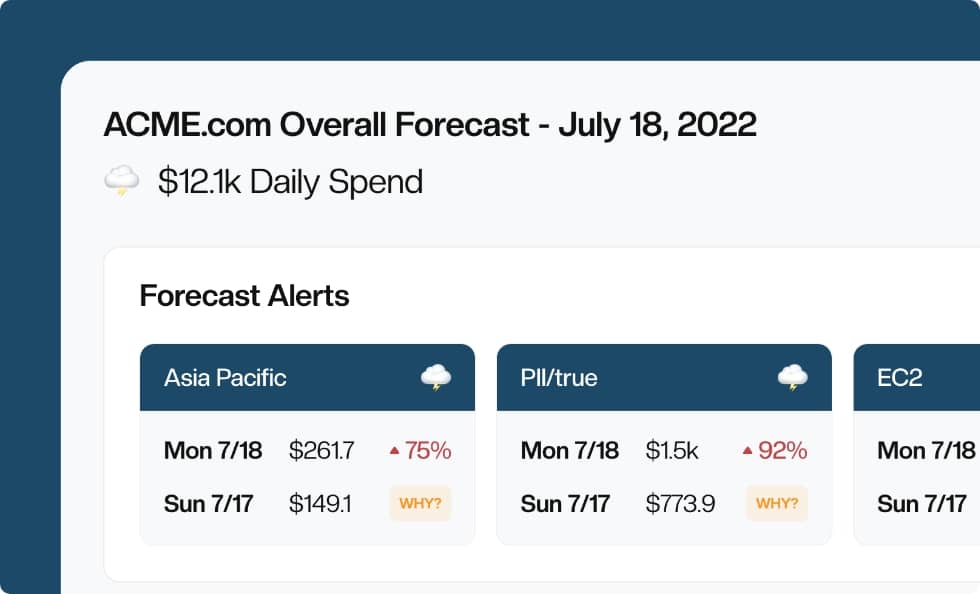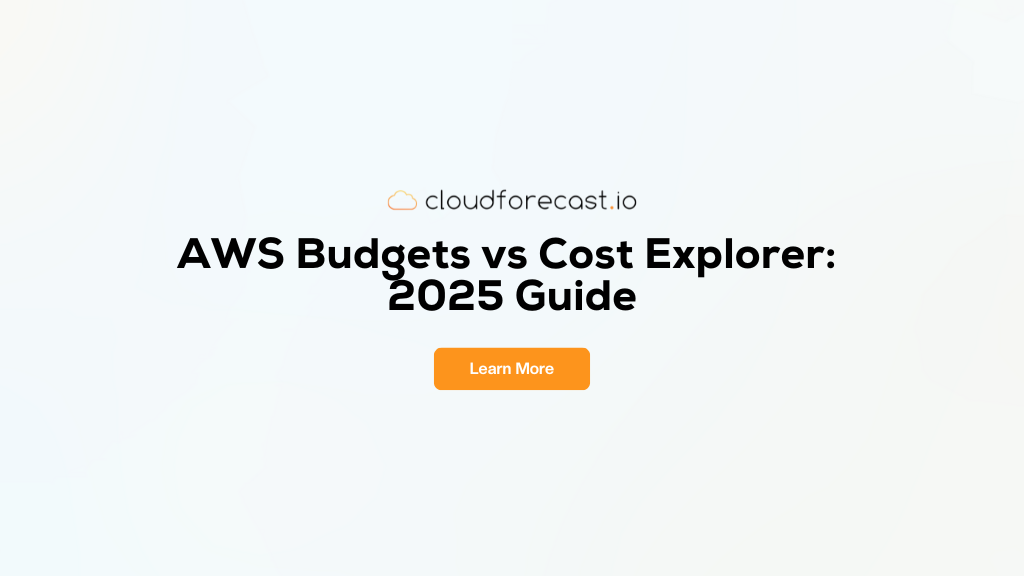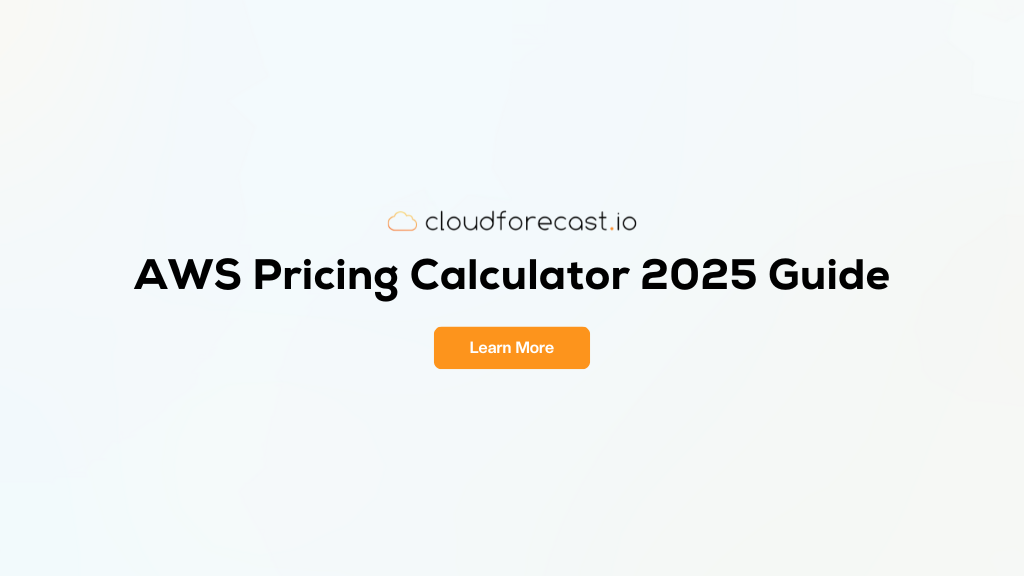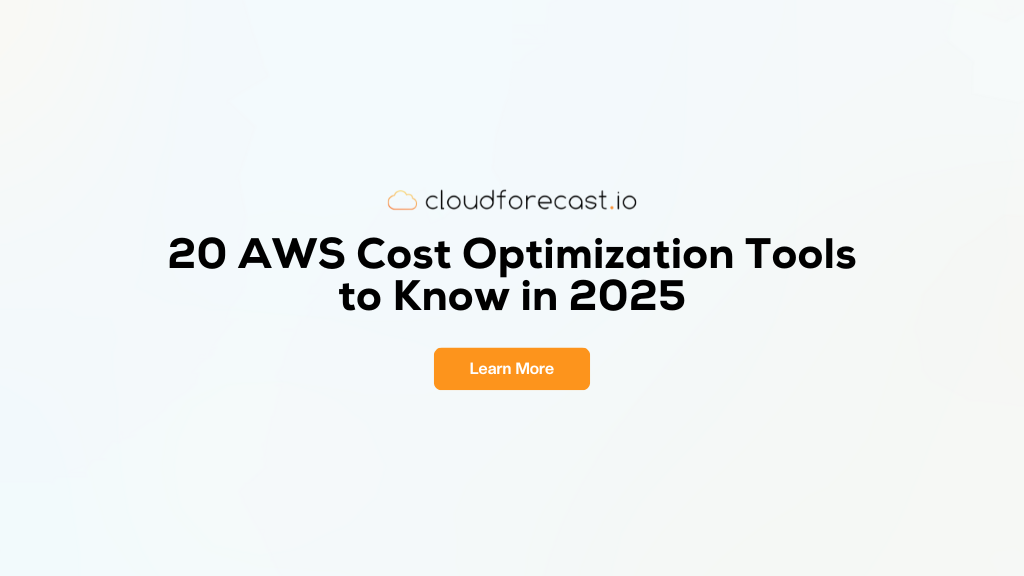AWS Data Transfer Costs and Optimization Guide
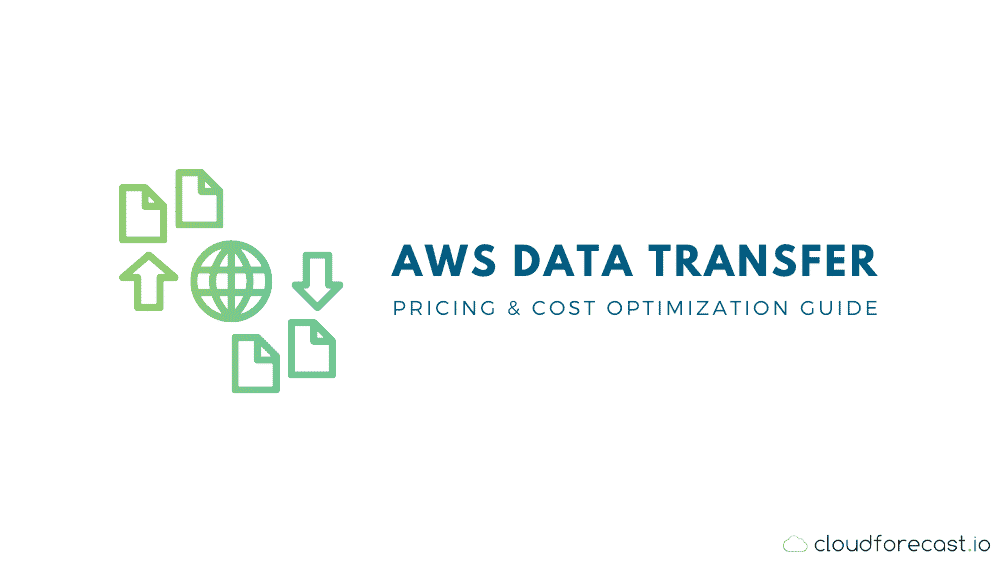
While it’s easy to quickly move data around in the cloud, each AWS data transfer costs money and these hidden fees and quickly add up over time if you’re not careful. In this guide, we’ll summarize AWS Data Transfer pricing and all the little cost associated with it, and show you how to reduce data transfer cost in AWS.
It’s easy to move data around, but AWS data transfer costs can quickly add up if you’re not careful!
Looking For Other AWS Cost Guides?
- DynamoDB Pricing and Cost Optimization Guide
- ECS Pricing and Container Optimization Guide
- EMR Cost Optimization Guide
- NAT Gateway Pricing and Cost Reduction Guide
- RDS Pricing and Cost Optimization Guide
- S3 Pricing and Cost Optimization Guide
- Tagging Best Practices and Strategies
AWS Data Transfer Costs and Pricing
To summarize AWS Data Transfer Pricing, Amazon charges for data transfers between AWS and the internet and between various AWS services, such as EC2 and S3. These AWS data transfer costs may be included in the cost of the service, assessed in only one direction or assessed in both directions. It’s important to understand these variables to manage costs.
In general, AWS data transfer pricing are highest for data transfers between regions, followed by data transfers between availability zones (AZs), and finally, within a single AZ. AWS Open Guide provides a helpful visualization showing the dynamic nature of these costs, although it hasn’t been updated since August 2017 and may be outdated in areas.
Here is the full diagram, which can also be found here directly: https://github.com/open-guides/og-aws#aws-data-transfer-costs
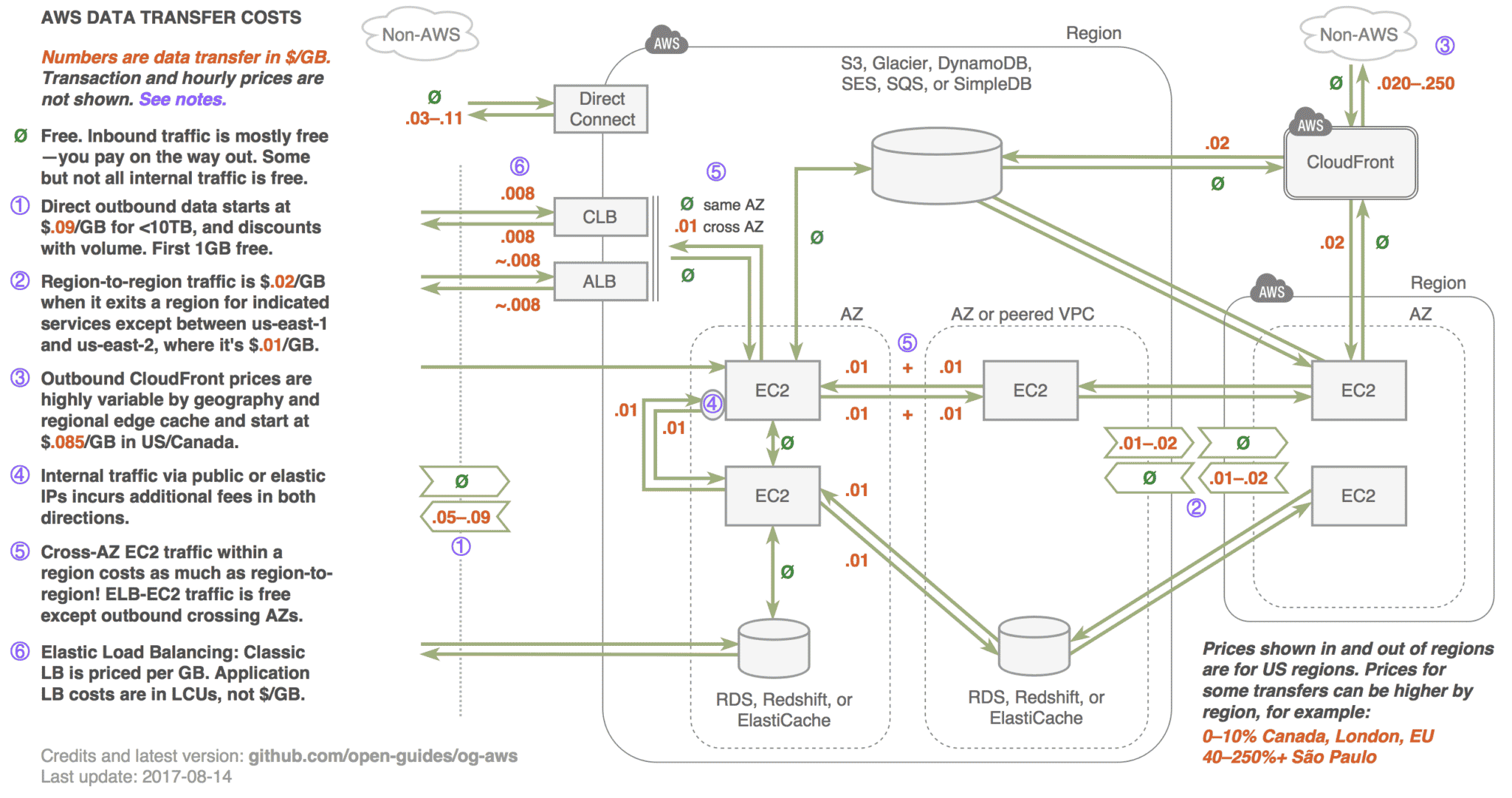
Reduce AWS Data Transfer Costs
Reducing your AWS Data transfer cost is often a balance between stability, security, and cost. Resources split across regions, AZs, and VPCs certainly increase data transfer costs, but splitting resources also provides greater security and higher availability during disasters and outages.
AWS Data Transfer Costs Between AZs
Traffic between AZs cost $0.01 per Gb per direction—both in and out. When you transfer data from one region to another, you pay $0.02 per Gb for outgoing data transfer. The only exception is from us-east-1 to us-east-2, where you pay $0.01 per Gb. Inbound data transfer will cost you money if you download from another instance in the same region with a public IP regardless of whether it’s your account. (Thanks to /u/Burekitas for these added cost insights via /r/aws).
Six Tips to Reduce AWS Data Transfer Costs
- Efficient Routes: Minimize traffic between regions and AZs and maximize the traffic that stays within AZs since the costs tend to be significantly lower. If you don’t need high-cost regions, cut them to save on data transfer costs.
- Avoid Public IPs: AWS Data transfer costs are higher with public IP or elastic IP addresses compared to private addresses. If you’re only accessing data locally, use private addresses.
- Look for Free Transfers: Some AWS services provide free cross-AZ data transfers, such as EFS, RDS, and MSK, which could make them a compelling option.
- Use CloudFront: Amazon CloudFront is a global content delivery network (CDN) with free data transfers to AWS for HEAD/GET requests. If you have high data volumes, consider using it to keep costs down.
- DIY NAT Instances: The high cost of managed NAT gateways, in data transfer and processing fees, means that it might make sense to run your own NAT instances to save on cost.
- Experiment with Options: The AWS Simple Monthly Calculator lets you experiment with different configurations and learn how to maximize your savings. The data transfer section provides insight into data cost management.
By keeping these best practices in mind, you can minimize your AWS data transfer costs while ensuring that security and availability aren’t adversely affected. If you’re using more than 300Tb per month, contact AWS Sales to discuss options.
EC2 Other Costs in Cost Explorer
AWS Cost Explorer lets you analyze data transfer costs for each instance as long as you enable cost allocation tags. You can analyze everything from data transfer costs as an aggregate number for regions, AZs, and virtual private clouds (VPCs) to data transfer costs on a per-application or per-instance basis.
There are also a few Cost Explorer for Cost and Usage filters that we use frequently to monitor Data Transfer costs quickly. The following are a few filters that you can use:

Monitor AWS Data Transfer Costs with CloudForecast’s Monthly Financial Report
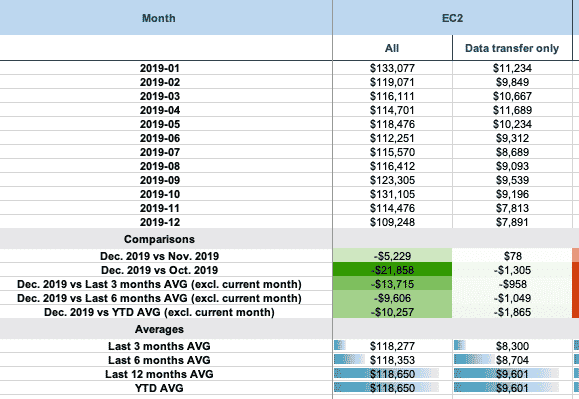
CloudForecast eliminates the need to pull data, build and design reports to explain data transfer cost anomalies to finance and C-level executives. With our Monthly Financial Report, we show all your AWS Data Transfer Costs by product on a monthly level so you can easily see the exact costs associated with all your usage.
The Bottom Line
Cloud infrastructure providers may be cheaper than on-premise infrastructure on the surface, but there are several gotchas where costs can add up — including data transfer costs. By carefully monitoring your costs and adhering to some best practices, you can keep these costs well under control.
Sign up for CloudForecast today to monitor your AWS data transfer costs and other costs through daily engineering reports and monthly executive reports.
Manage, track, and report your AWS spending in seconds — not hours
CloudForecast’s focused daily AWS cost monitoring reports to help busy engineering teams understand their AWS costs, rapidly respond to any overspends, and promote opportunities to save costs.
Monitor & Manage AWS Cost in Seconds — Not Hours
CloudForecast makes the tedious work of AWS cost monitoring less tedious.
AWS cost management is easy with CloudForecast
We would love to learn more about the problems you are facing around AWS cost. Connect with us directly and we’ll schedule a time to chat!
